Where’s the Difference?
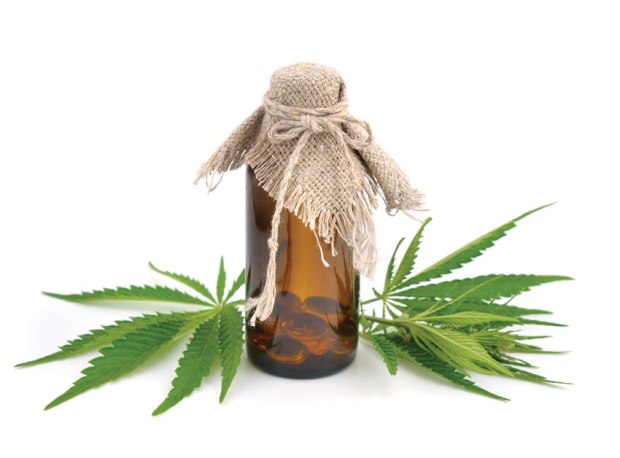
Even though most people who experience the cannabis high produced by THC find it to be pleasant and stimulating, for some reason medicine that makes you feel good while getting you well is frowned upon. Enter cannabidiol, commonly referred to as CBD, as a way to obtain the medicinal benefits of cannabis without the THC psychoactive effects making CBD an acceptable gateway drug to the world of cannabis.
CBD is a powerful cannabinoid with research showing it to be effective in reducing cancer cell growth, minimizing seizures and convulsions in children, decreasing inflammation, mitigating pain and providing therapeutic relief for many other ailments. This newfound interest in CBD has led to an explosion of CBD oils made from industrial hemp.
In terms of its molecular structure CBD is CBD is CBD—it’s the same molecule whether the CBD comes from hemp, cannabis or a test tube. Hemp generally has a CBD concentration around 3.5 percent CBD which is pretty low but the concentration of THC is even lower, usually less than 1 percent. Hemp meets the criteria of being low in THC, but its level of CBD is relatively low especially in comparison to certain cannabis strains, which have significantly higher amount of CBD than industrial hemp.
Whether the CBD comes from hemp or cannabis flowers is not the ultimate factor. The key factor is the process by which the CBD is extracted, concentrated and formulated. Cannabis strains such as Charlotte’s Web, Avidekel and ACDC are low in THC but high in CBD with up to a 20 percent CBD concentration level. By comparison, hemp’s typical 3.5 percent CBD concentration level is rather paltry.
Since the concentration of CBD is low in hemp, it requires large amounts of hemp to produce a small amount of CBD oil. The most efficient and least expensive way to extract the CBD oil is to use solvents, but dangerous solvent residues can remain in the CBD oil. In 2014, Project CBD, a California-based nonprofit dedicated to promoting and publicizing research into the medical uses of CBD, tested several CBD hemp oil products available to the public over the Internet and found significant levels of toxic solvent residues in random samples.
CBD oil extracted from industrial hemp is a thick tar-like substance that needs to be thinned with a compound such as propylene glycol. A widespread additive found in CBD vape oil cartridges, propylene glycol may convert to formaldehyde, a known carcinogen, when heated and inhaled.
Hexane, a solvent frequently used to extract CBDs from hemp, has been found by the Environmental Protection Agency (EPA) to be neurotoxic producing numbness in the extremities, muscular weakness, blurred vision, headache and fatigue, according to a official statement by the EPA.
Even if it is possible to produce solvent-free CBD oil from hemp, there is another problem in that industrial hemp is a bio-accumulator that naturally absorbs toxic substances from the soil. Hemp is such an efficient bio-accumulator that it was used at the Chernobyl Nuclear power plant after the meltdown because it is excellent at sucking up heavy metals and radiation, according to McGraw Hill Education. Great for healing the earth, but not for healing humans.
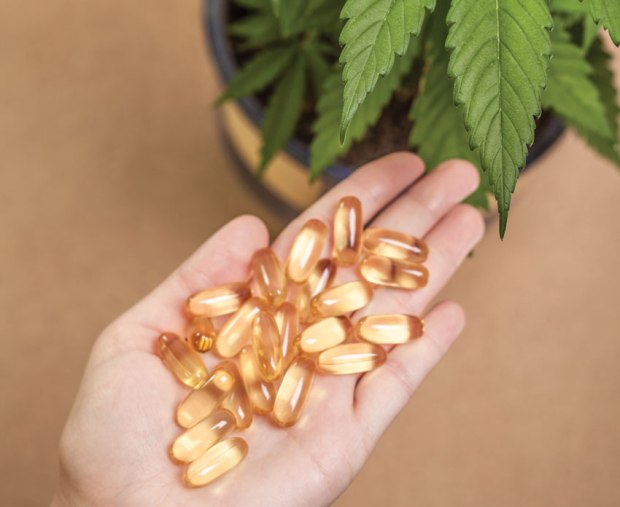
“The whole effort to harness CBD from industrial hemp is fraught with challenges that are made more difficult by the fact that fiber hemp plants with high amounts of CBD by dry weight—like the ACDC cannabis strain—are not yet available for industrial grows.”
Martin Lee, co-founder and Director of Project CBD, summarizes the problems of obtaining CBD from hemp. “The whole effort to harness CBD from industrial hemp is fraught with challenges that are made more difficult by the fact that fiber hemp plants with high amounts of CBD by dry weight—like the ACDC cannabis strain—are not yet available for industrial grows.”
There are other considerations as well. One of the most important is that CBD by itself does not work as well as CBD in conjunction with THC. In what is known as the entourage effect, the medical efficacy of CBD is enhanced in the presence of THC. The proper ratio of CBD to THC varies from person to person, but as Martin Lee points out “the best ratio of THC to CBD is often the most THC a person can comfortably handle.”
The bottom line is since hemp is so low in THC and other cannabis components, you don’t get much of an entourage effect when you use hemp oil as when you are using oil derived from a CBD-rich cannabis plant.
If certain cannabis flowers are so much better for producing CBD, then why all this fuss over industrial hemp? Rather than anything to do with medical science, it has everything to do with the illegal status of cannabis.
The manufacturers of CBD oil from hemp claim that it is legal to market their products as a dietary supplement even though the Food and Drug Administration (FDA) has refused to recognize hemp-derived CBD oil as a dietary supplement. The FDA singled out for criticism CBD oil producers for making unsubstantiated medical claims about treating pain, spasms, cancer and other ailments. The FDA has never approved CBD as a supplement for any kind of medical use.
Under current state medical marijuana laws, the only way a CBD-infused oil product—derived from hemp or cannabis—can be used legally for therapeutic purposes would be for it to be grown, harvested, processed and consumed by a certified patient in a state that has legalized medical cannabis. That is not the case with products made from CBD hemp oil imported from abroad which remain illegal under both federal and state laws.
For many reasons, CBD-rich cannabis is a better source of CBD than industrial hemp. The only reason CBD derived from hemp is gaining any notoriety is as an attempted end-run around federal law. When cannabis prohibition is ended and cannabis is treated like any other agricultural product, CBD will be extracted from the best source of cannabidiol—CBD-rich cannabis. The need to derive CBD from industrial hemp will end.
Source: ireadculture






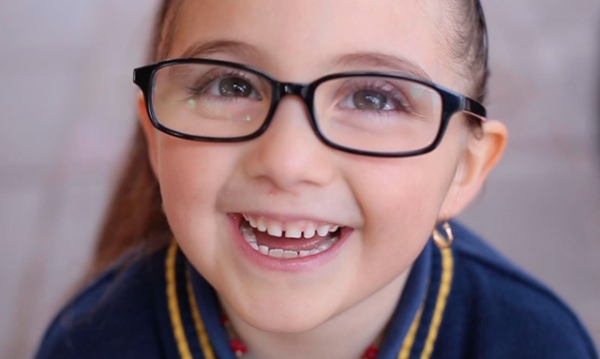


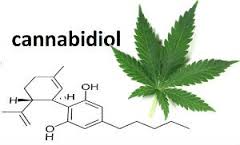
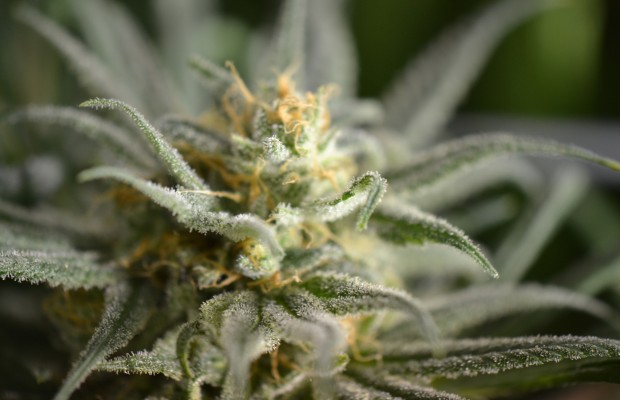
Comentarios recientes